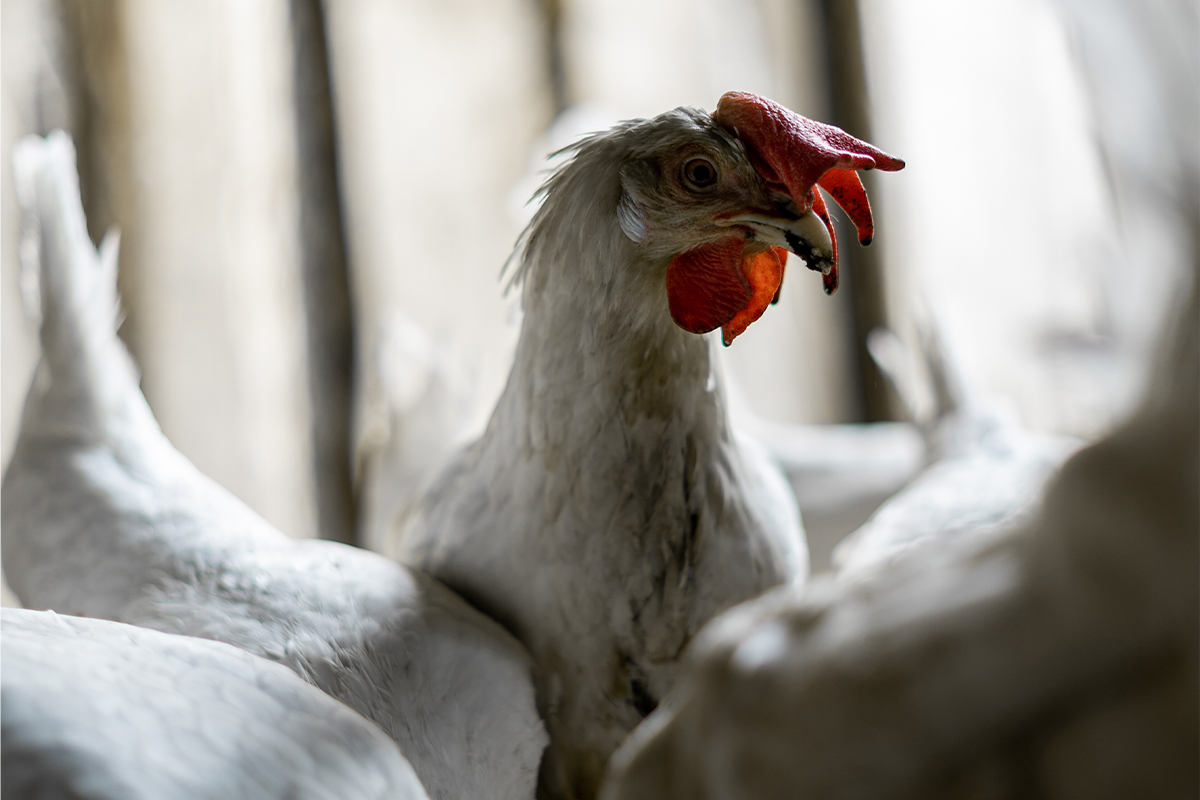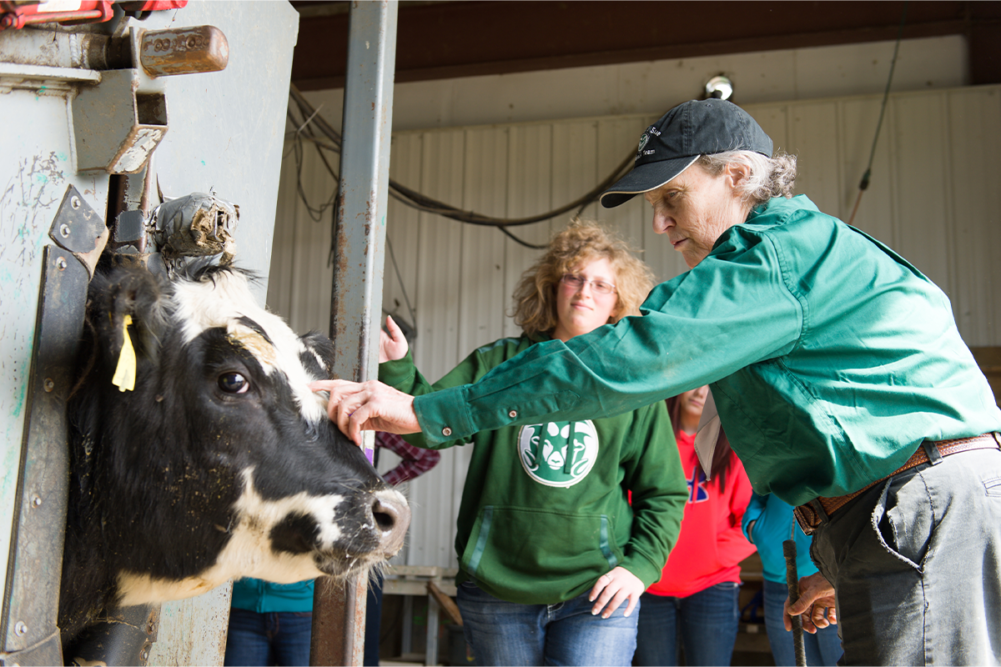Across livestock species, the X factor behind many animal welfare challenges is often based in the genetics of the animals. Temple Grandin, professor of animal science at Colorado State University and the world’s leading expert on designing livestock handling facilities and animal welfare practices, said the underlying cause of many food companies’ welfare problems can be traced to breeding issues. She cited some examples that she’s seen recently during her travels to meat processing slaughtering plants.
“If someone had said to me 15 years ago that we would have foot and leg problems that are genetically related in beef cattle, I would have never believed it.”
She said today’s animals reflect efforts of producers to supply bigger cattle, hogs and even broilers that deliver more meat at the expense of other body parts, in this case, the legs and feet of cattle.
“We’ve got to be careful about what we’re breeding,” she said, adding that today’s larger livestock are outgrowing animal handling equipment, like restrainers.
Bigger, thicker, fatter animals also can create more health problems, including heart failure. Having spent much of the past four-plus decades at production facilities, feedyards and processing plants observing animal characteristics, Grandin said the feet and leg deformities that make mobility a challenge for today’s cattle are eerily similar to what she saw in the pig production facilities 30 years ago. During that era, which was well before the use of beta agonists as a growth promotant, the goal of pork producers was genetically selecting for rapid weight gain.
“That was genetic conformation, and it was traceable back to certain boars,” Grandin said.
 Small adjustments in the breeding of broilers can result in significant animal welfare improvements. (Source: ©Пётр Рябчун - STOCK.ADOBE.COM)
Small adjustments in the breeding of broilers can result in significant animal welfare improvements. (Source: ©Пётр Рябчун - STOCK.ADOBE.COM)Pushing poultry genetics
Breeding for bigger sized broilers has also been prominent in the poultry industry, which has created similar problems when the weight of the birds can’t be supported by their legs, not to mention metabolic disorders and increased numbers of heart attacks. Poultry producers today have succeeded in breeding birds with much more breast meat and growing them faster than in previous decades. Since the 1950s some breeds’ weights have quadrupled, according to the journal Poultry Science.
Grandin said she believes the animal welfare issues with broilers, specifically mortality rates, could be improved considerably by slightly dialing back breast size.
“If you do something like cut it back 2%, don’t push [the genetics] quite so hard on the breasts, you still will have a gigantic breast, but you just go from mega-gigantic to gigantic; just back off a little bit and then a bunch of other problems, like deads, go down,” she said.
That same breeding philosophy applies to dairy cattle that are bred for maximum milk production.
“If she’s too tall to fit in the trailer, maybe we need to breed a smaller cow that will actually last longer,” Grandin said. “You see, if you back off a little bit and she lasts four lactations, that’s better sustainability than a giant that only lasts for two lactations.”
When it comes to breeding, producers strive to balance the benefits of bigger livestock with more meat and the negative impact of the larger size. There are tradeoffs, Grandin said.
Grandin thinks about genetic selection of pigs, cattle and chickens like a national budget. In her genetic analogy, that national budget includes the economy, which is meat, milk and eggs; the infrastructure, which includes the bone, skeleton, heart and reproduction; and the military, which she equates to the animal’s immune system.
“If I put all my budget into the economy, I’m going to shortchange the other two things,” she said, pointing out that doesn’t necessarily advocate going back to the old-fashioned approach of slow-growing livestock.
In high-volume production operations, not pushing the genetics quite so hard can be beneficial and the goal of producers should be finding what is optimum, not maximum.
“I just learned recently after talking to some chicken experts that this has worked really well in the production of big-breasted chickens. You back off a tiny bit and it’s going to pay for itself — dead animals have zero weight gain, and their feed conversion is really terrible.”
She noted that timing is key in today’s food supply chain, saying, “The other thing you have to do is know that when they’re ready, they have to go to slaughter,” she said. “Because let’s say they’re two days late, then you start getting downers.”
Upstream answers
Grandin continues to preach that animal welfare problems, such as lameness or downers, at slaughtering facilities signals the need to look upstream at problems occurring on the farms. At plants, red flags might include cattle that lay down in the yards and cattle that clearly have poor feet conformation.
Some processing plants take great strides to minimize the effects of cattle coming to them with problems. Some have even gone to the expense of paving their entire yard with rubber.
“That’s a very expensive way to fix feet. There should be better breeding,” Grandin said, but the reason those cattle continue to be bred is because they are very productive.
Foot defects include crossed toes, where the slot in between the hooves isn’t straight; overly wide slots between the hooves or the middle part of the hooves are bowed out.
“If you’re going to have good welfare at a meatpacking plant you’ve got to have a mobile animal that can walk — it’s just that simple,” Grandin said. “Don’t breed an animal that has difficulty walking.”



